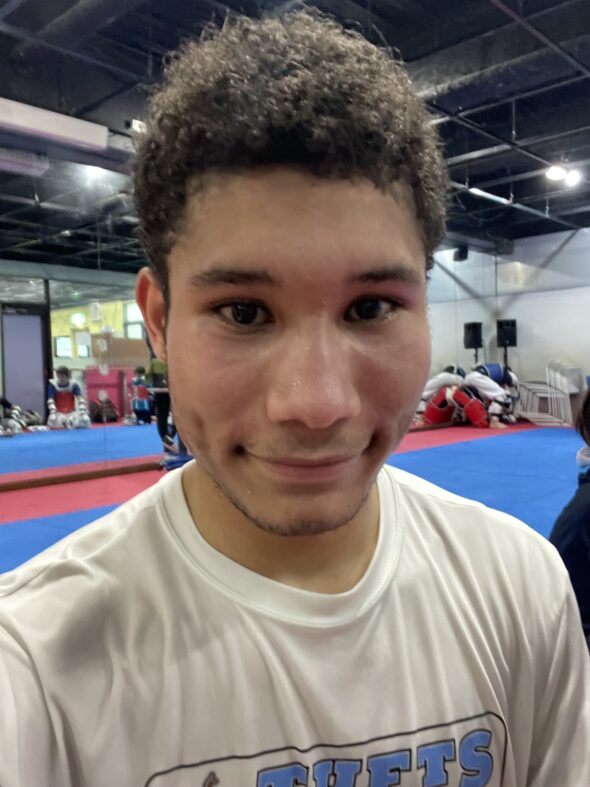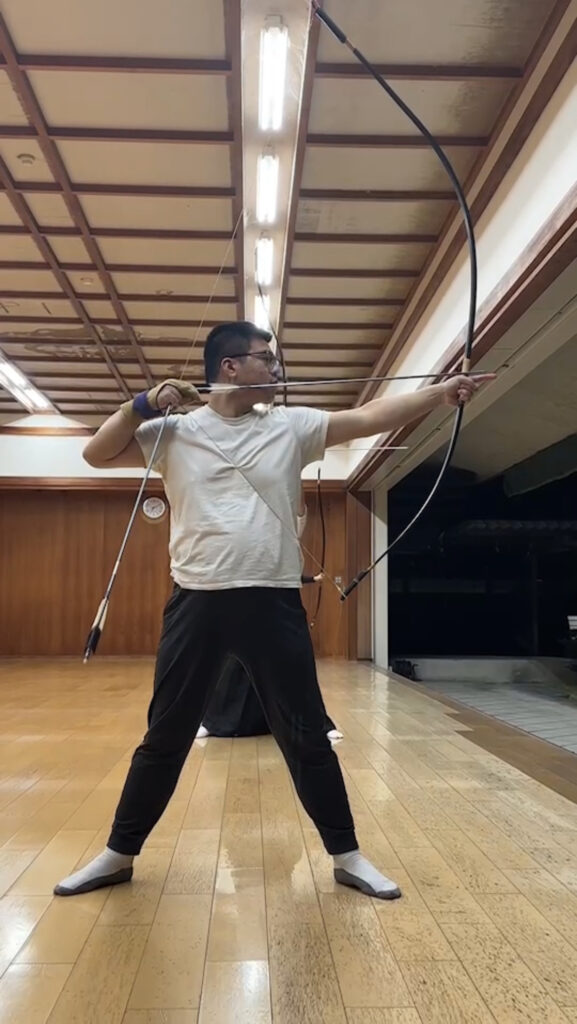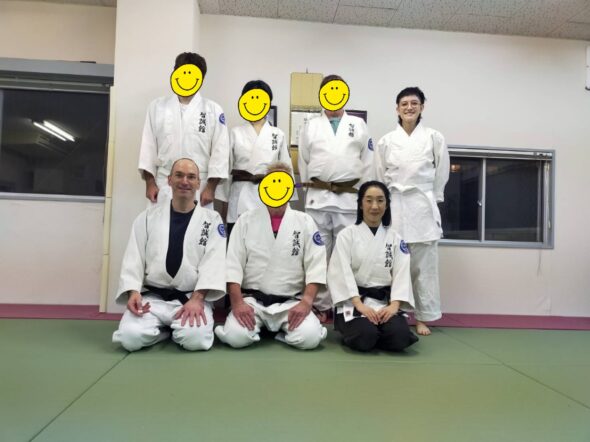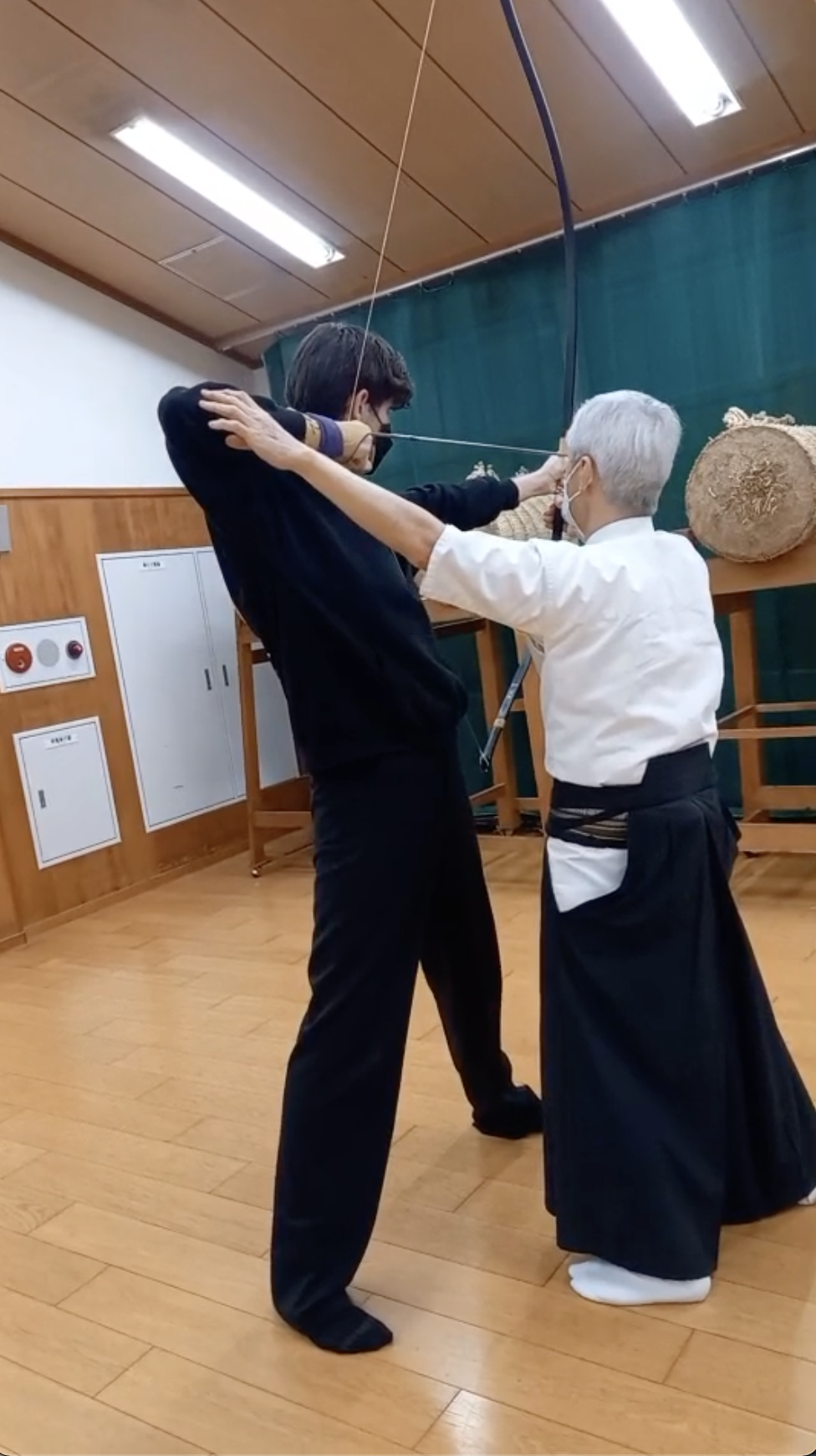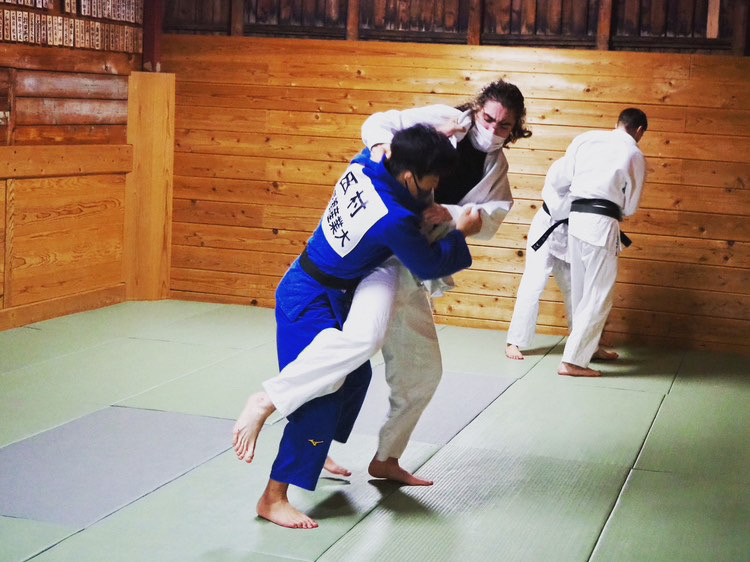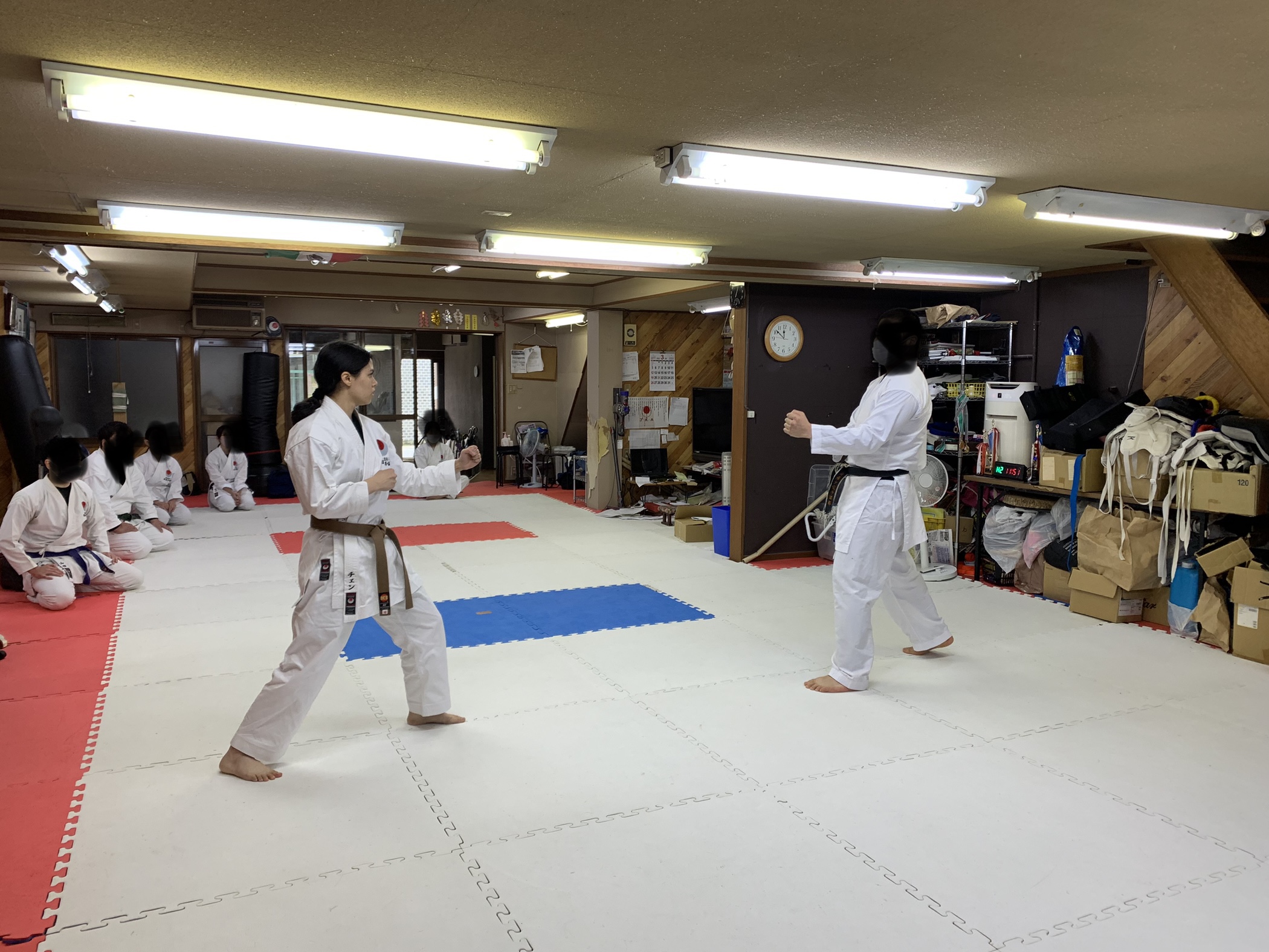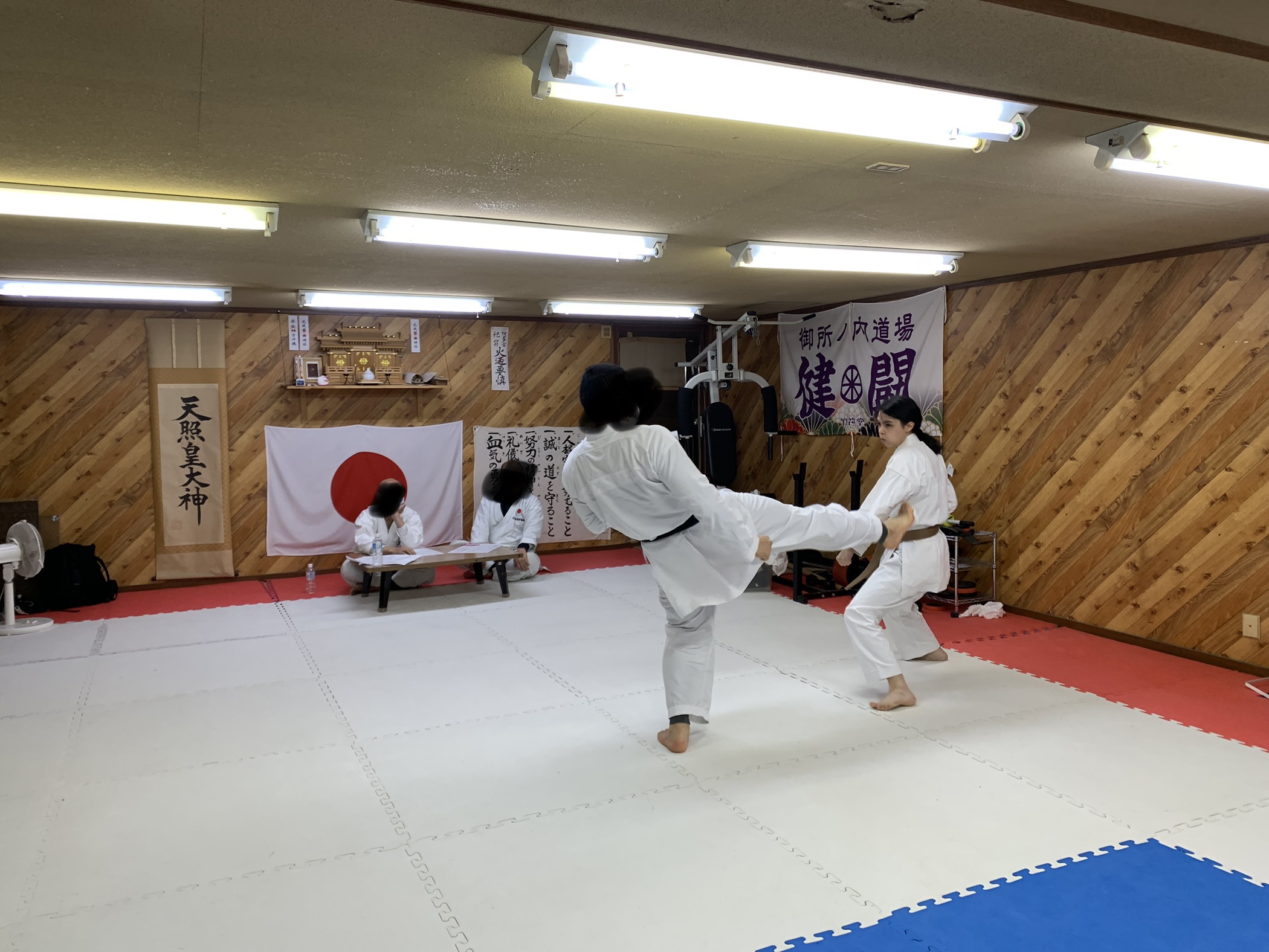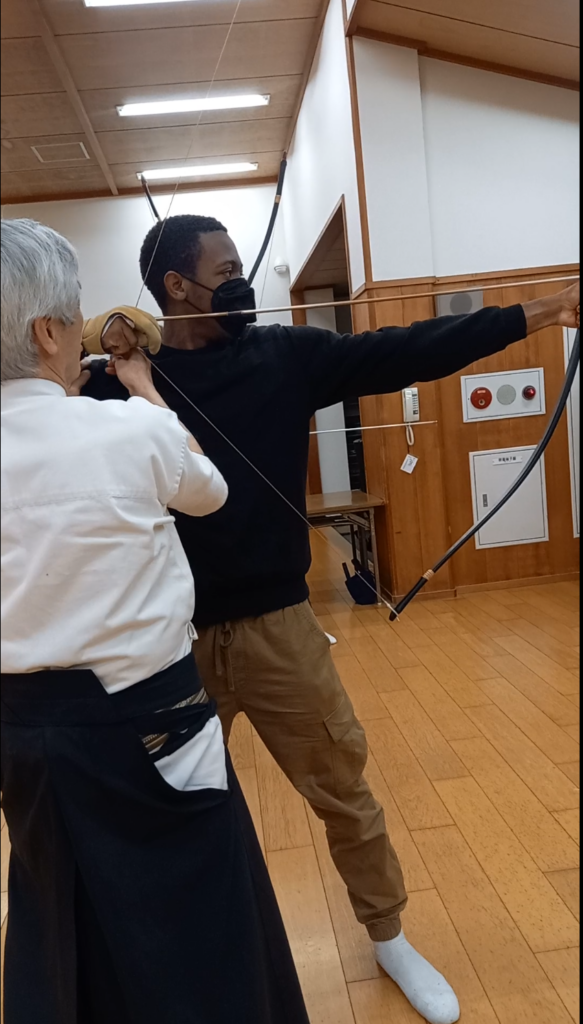
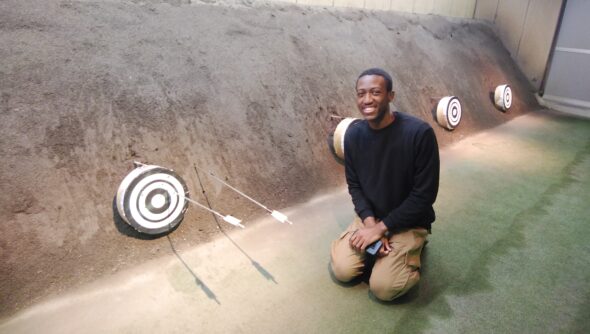
My CIP was taking weekly Kyudo lessons. Kyudo is traditional Japanese archery that focuses more on the control and movement rather than getting a bullseye.
The experience was both challenging and rewarding. I gained a deeper understanding of Japanese culture and customs while honing my archery skills. It gave me opportunities for personal growth and reflection, instilling a sense of discipline and resilience both in and outside of the dojo.
My advice to incoming students is even if you have no prior experience with Kyudo or archery at all, embrace the learning process with an open mind, staying patient with yourself, and appreciating the journey of self-discovery that comes with exploring a new cultural practice. Approach each lesson with an open mind and willingness to learn because the journey itself holds valuable lessons in discipline, self-awareness, and cross-cultural understanding.

